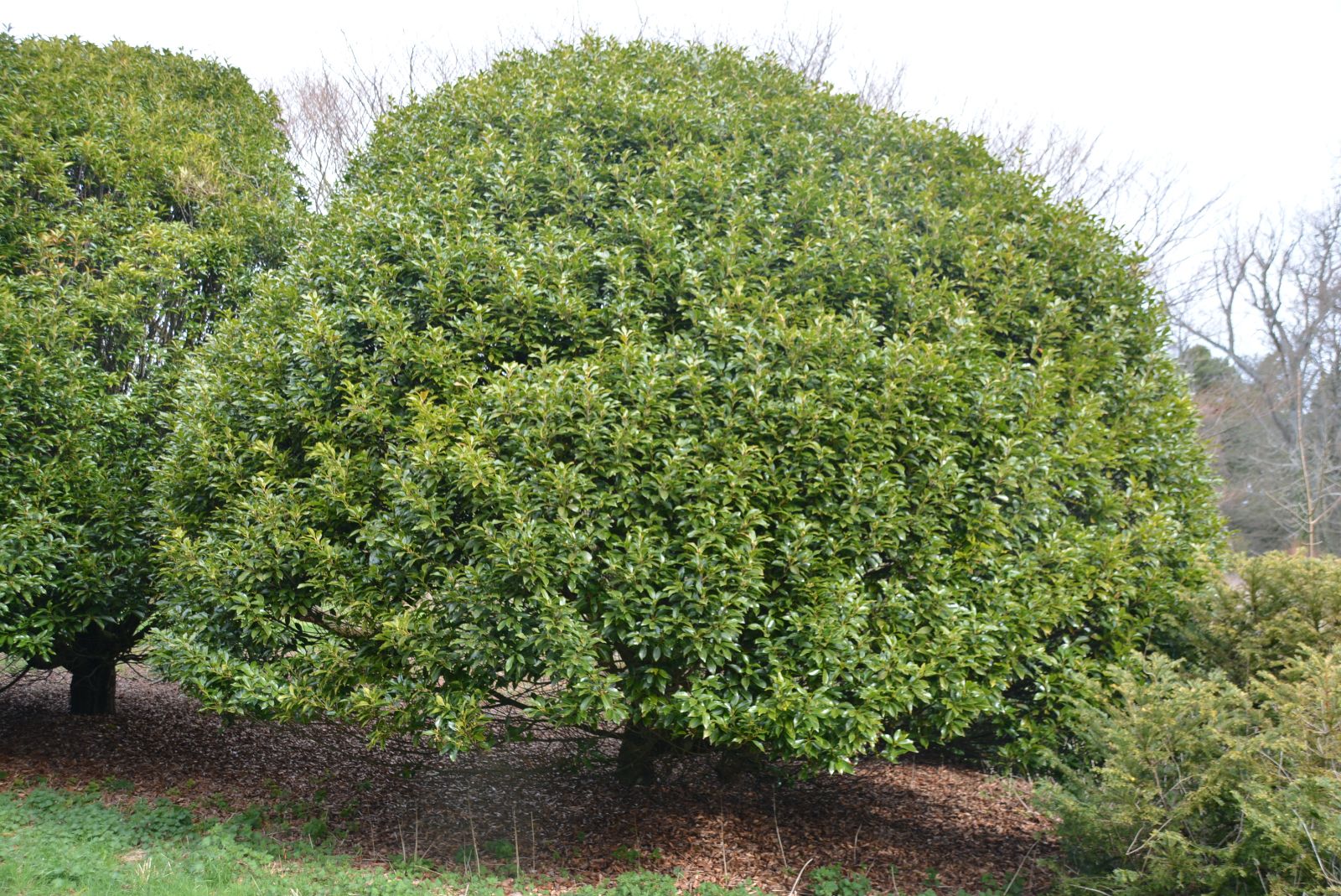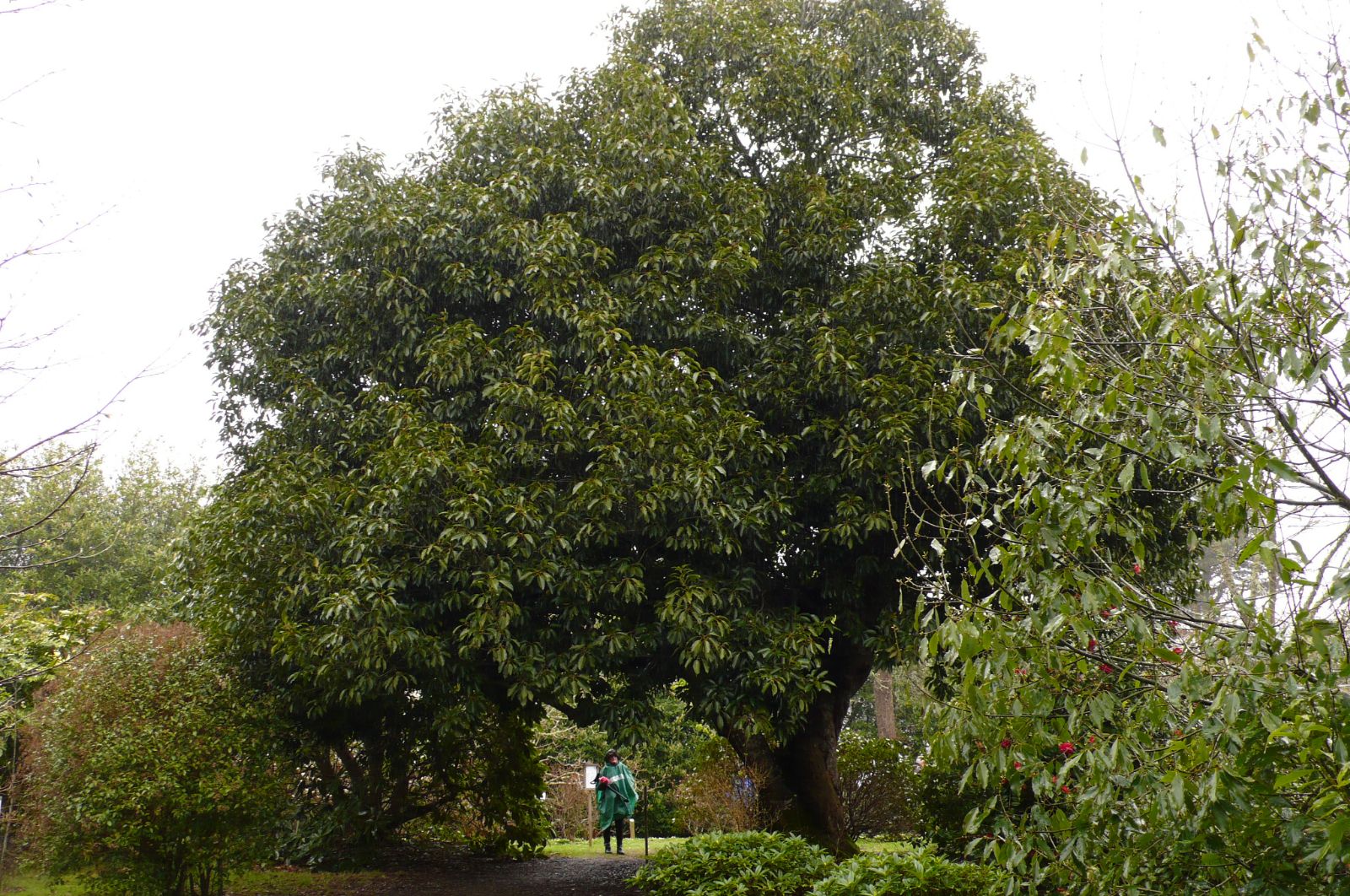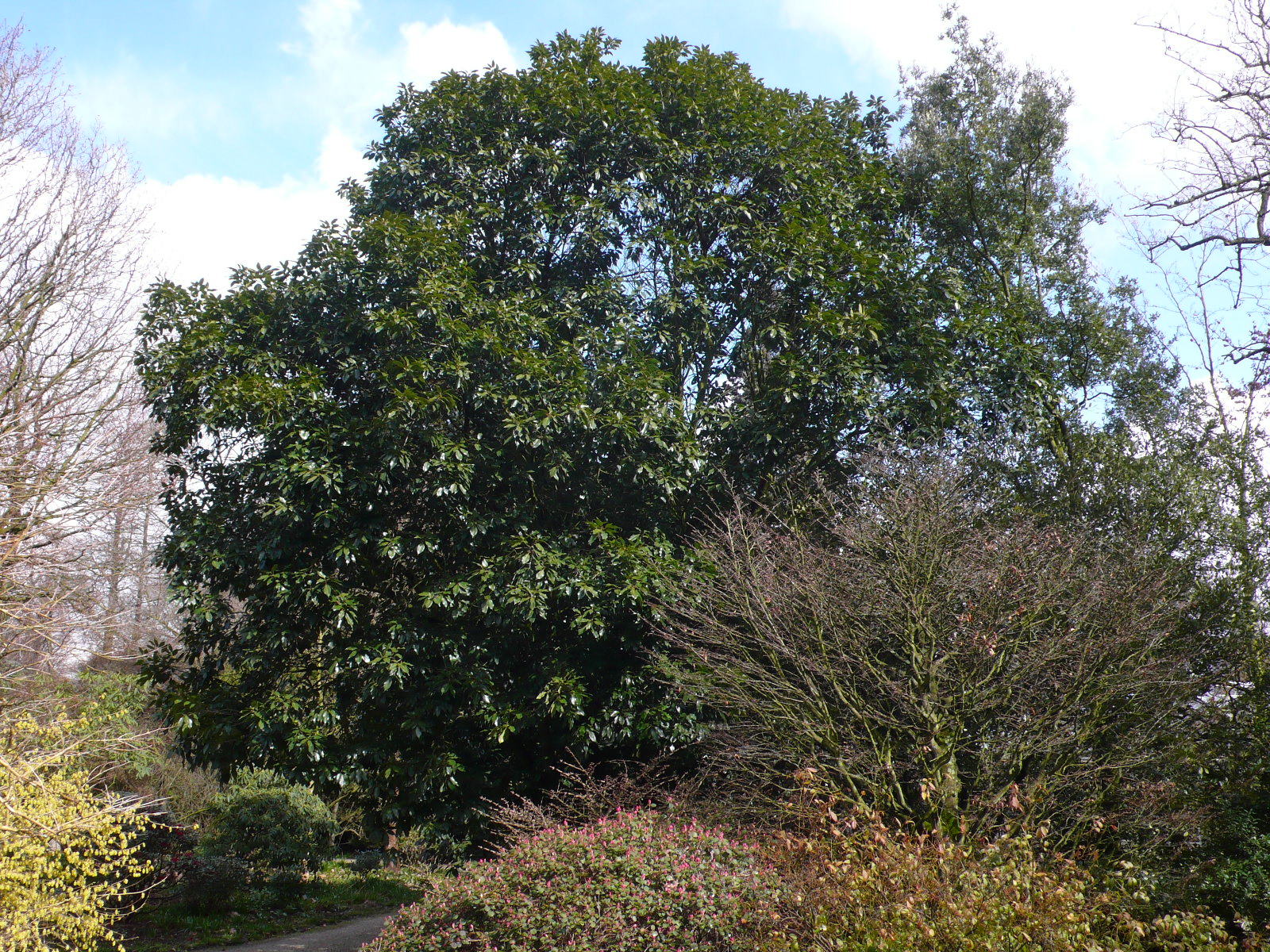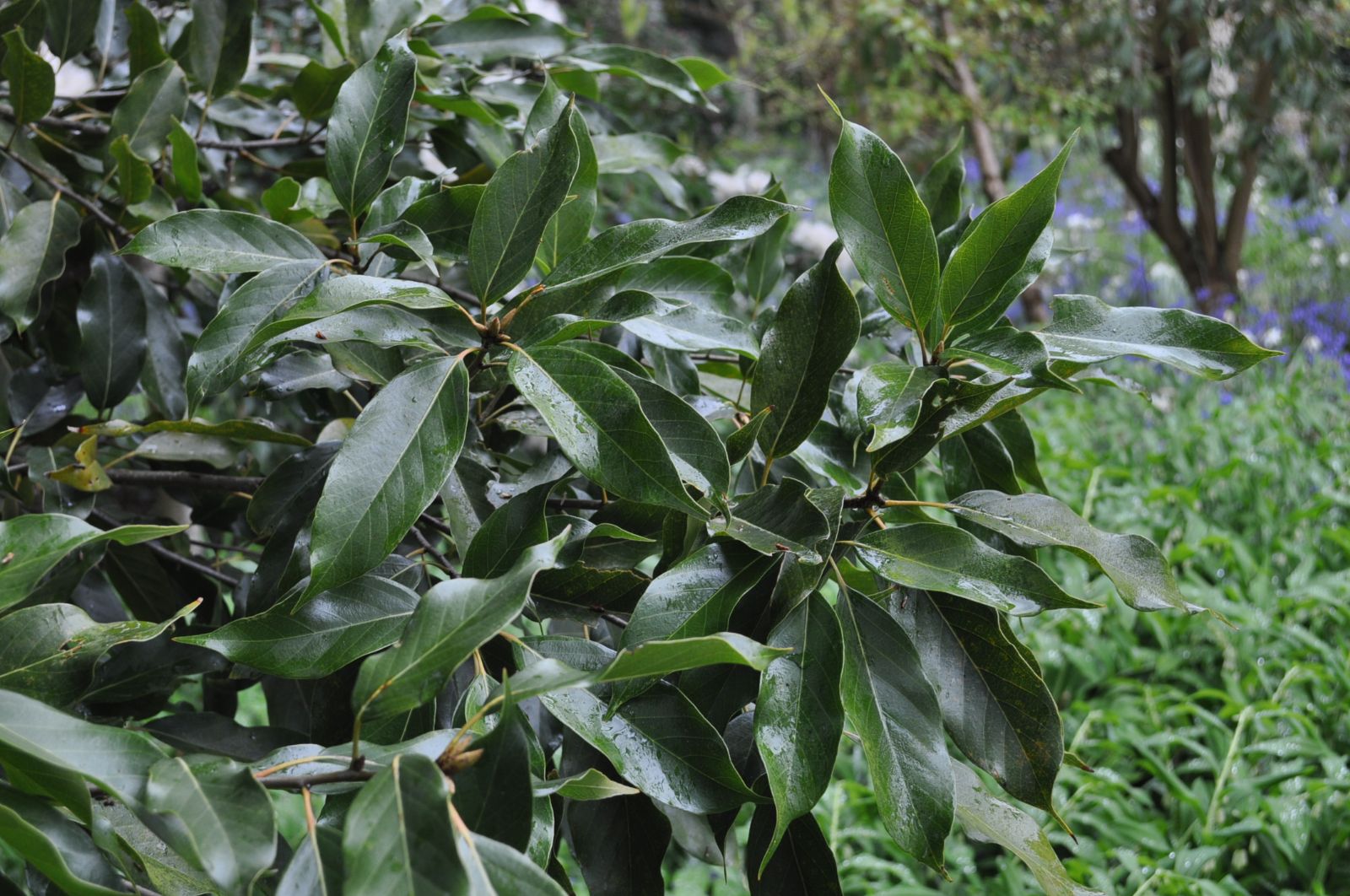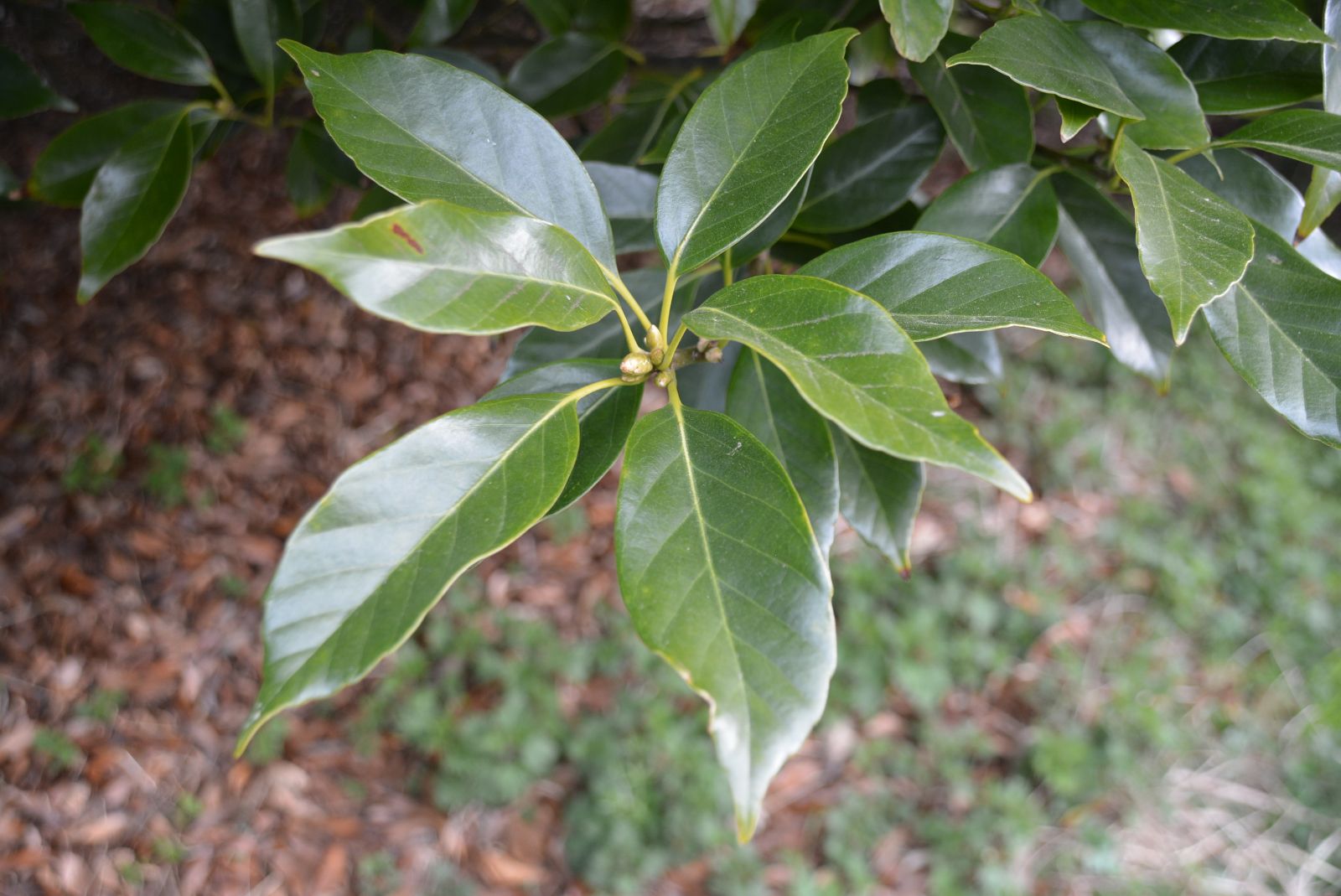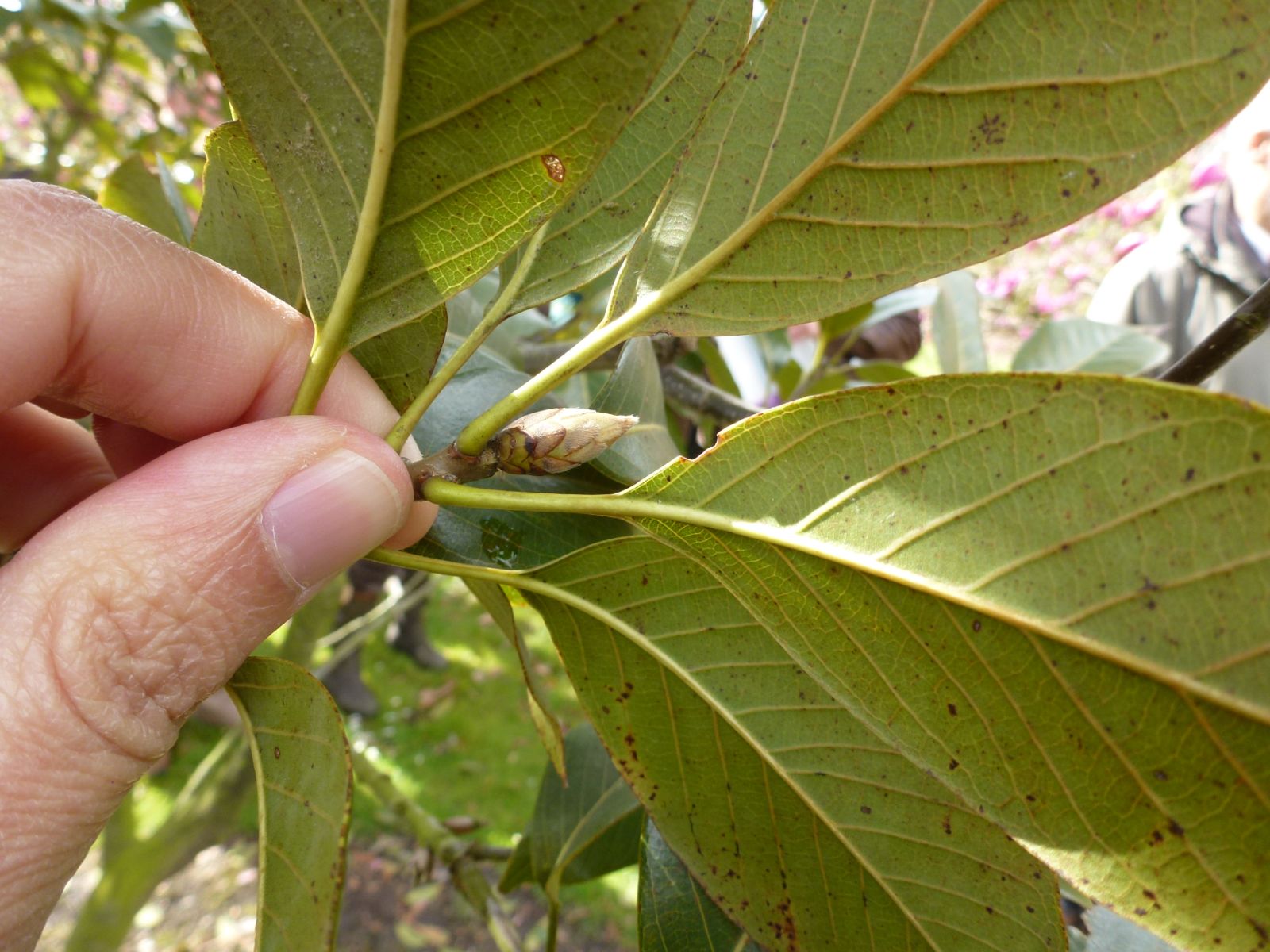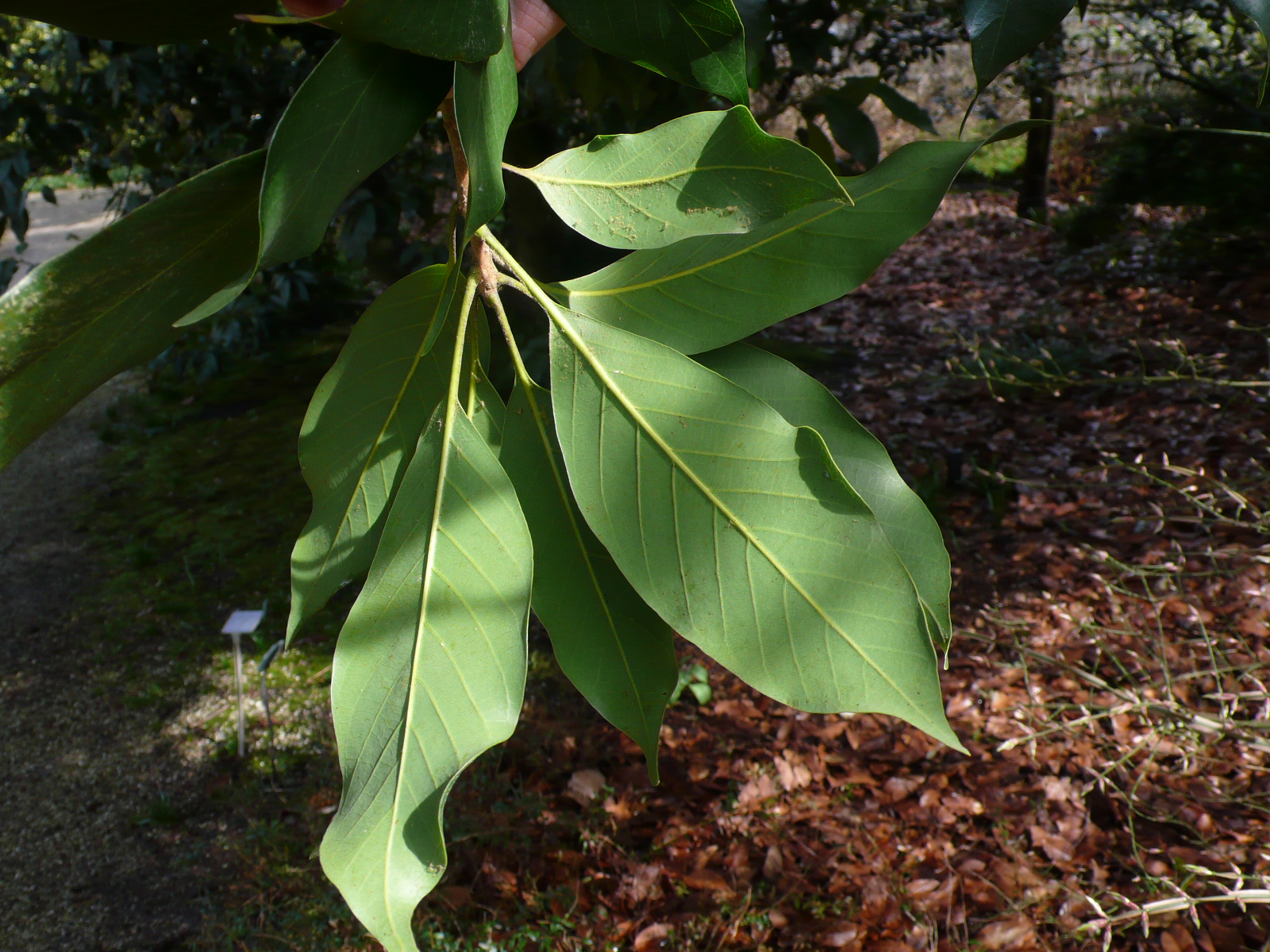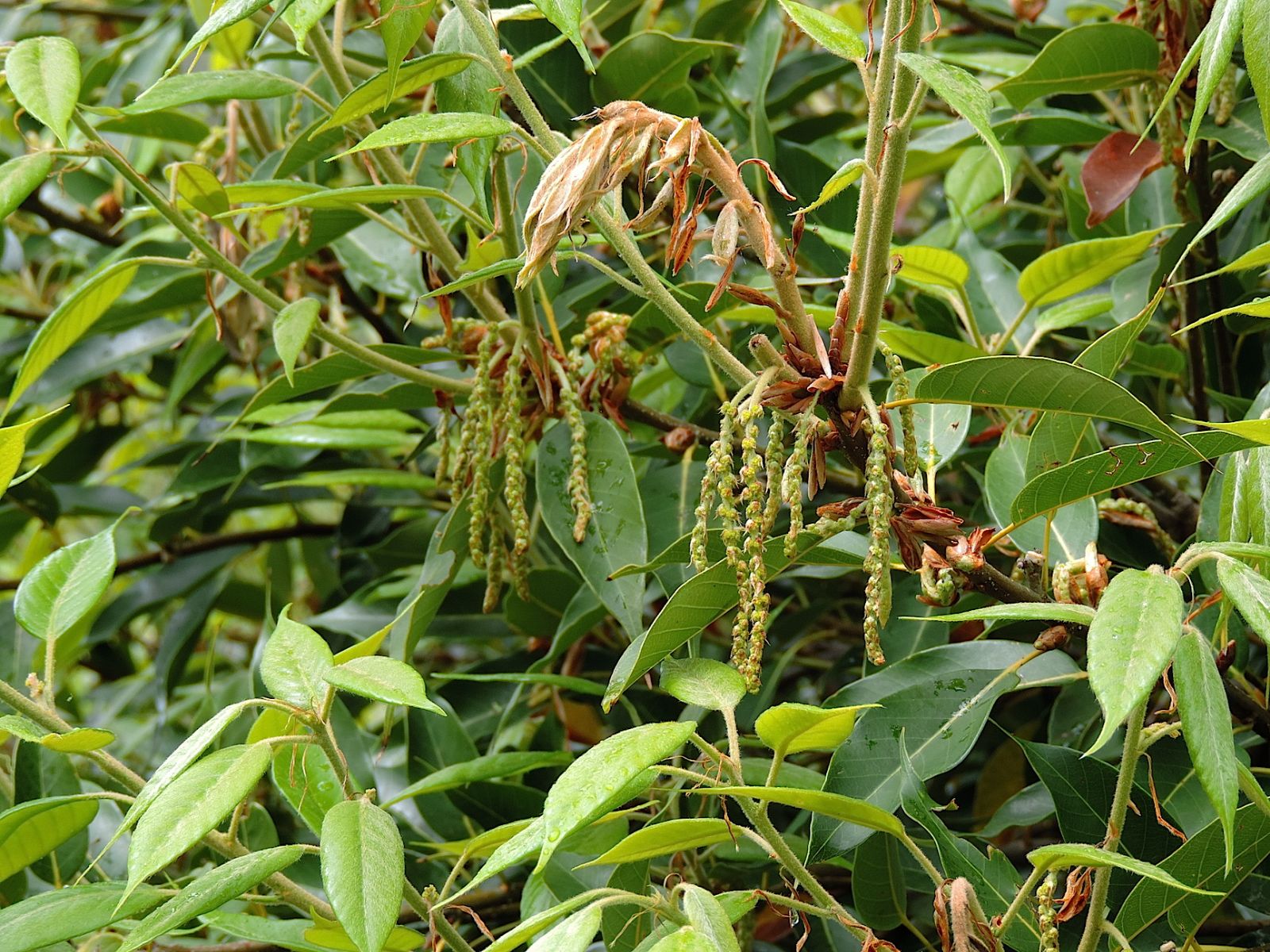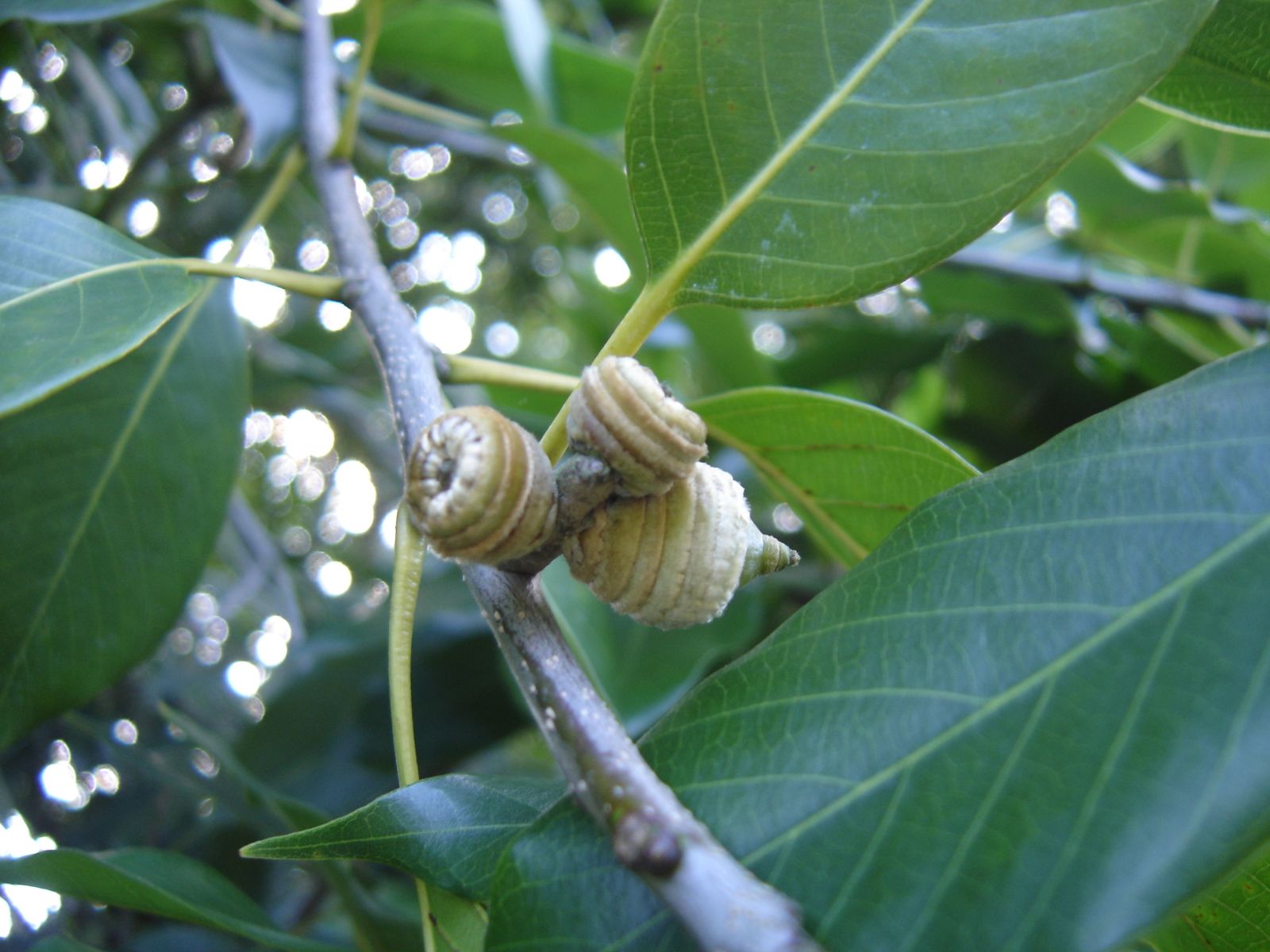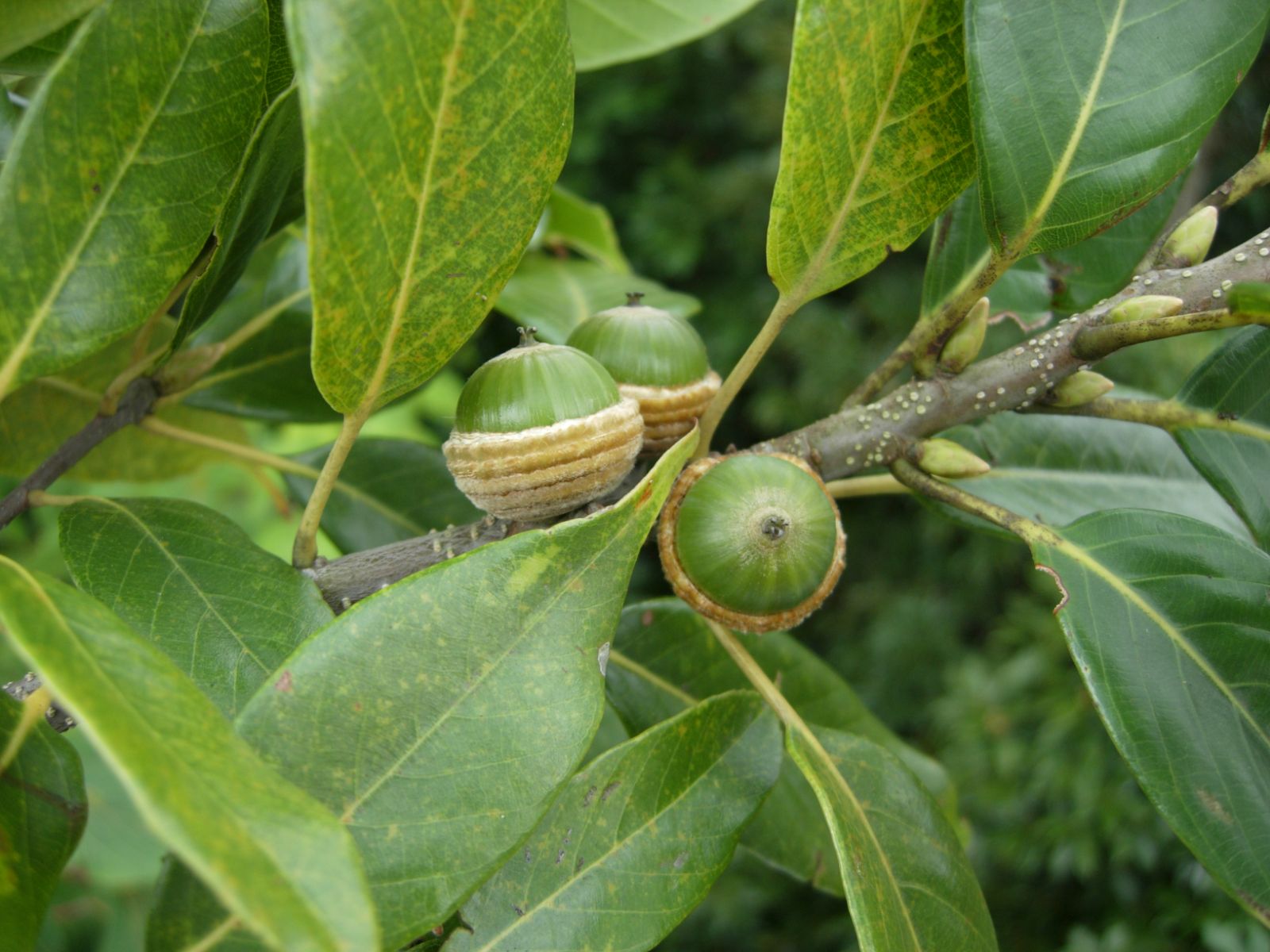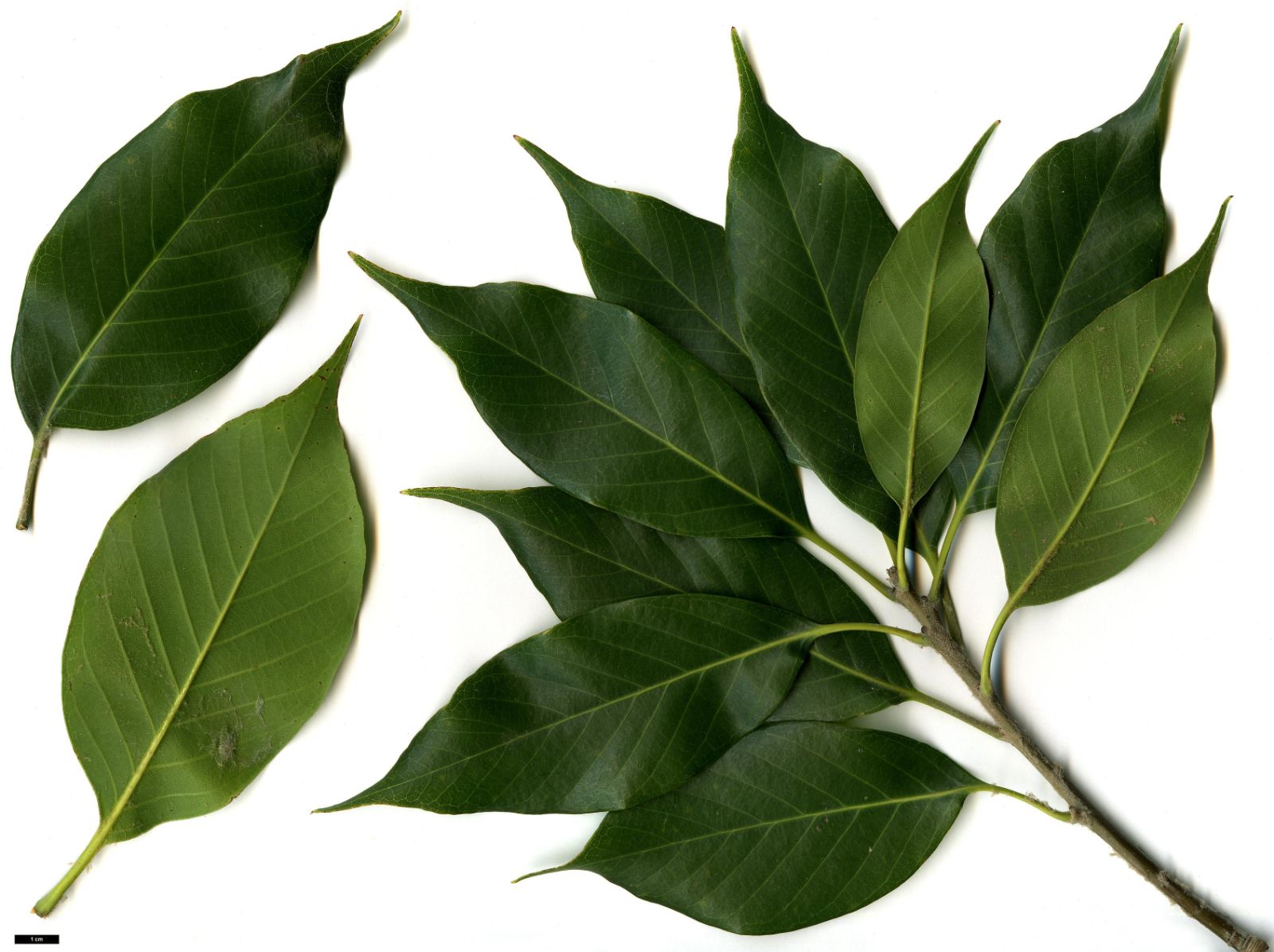Quercus acuta
Sponsor
Kindly sponsored by
The Trees and Shrubs Online Oak Consortium
Credits
Allen Coombes & Roderick Cameron (2022)
Recommended citation
Coombes, A. & Cameron, R. (2022), 'Quercus acuta' from the website Trees and Shrubs Online (treesandshrubsonline.
Genus
- Quercus
- Subgen. Cerris, Sect. Cyclobalanopsis
Common Names
- アカガシ (akagashi)
- オオバガシ (oobagashi)
- オオガシ (oogashi)
- 붉가시나무 (bulg-gasinamu)
Synonyms
- Cyclobalanopsis acuta (Thunb.) Oerst.
- Quercus laevigata Blume
- Quercus buergeri Blume
- Quercus marginata Blume
- Quercus carpostachys H. Lév & Vaniot
- Quercus kasaimok H. Lév ex Nakai
- Quercus pseudoglauca H. Lév ex Nakai
- Quercus quelpaertensis H. Lév ex Nakai
- Quercus kasaiensis H. Lév ex Rehder
Other taxa in genus
- Quercus acerifolia
- Quercus acherdophylla
- Quercus acrodonta
- Quercus acutifolia
- Quercus acutissima
- Quercus afares
- Quercus affinis
- Quercus agrifolia
- Quercus alba
- Quercus aliena
- Quercus alnifolia
- Quercus aquifolioides
- Quercus arizonica
- Quercus arkansana
- Quercus aucheri
- Quercus augustini
- Quercus austrina
- Quercus × auzendei
- Quercus baloot
- Quercus bambusifolia
- Quercus baronii
- Quercus bicolor
- Quercus brantii
- Quercus buckleyi
- Quercus canariensis
- Quercus canbyi
- Quercus candicans
- Quercus castanea
- Quercus castaneifolia
- Quercus cerris
- Quercus chenii
- Quercus chrysolepis
- Quercus coccifera
- Quercus cocciferoides
- Quercus coccinea
- Quercus conspersa
- Quercus crassifolia
- Quercus crassipes
- Quercus delavayi
- Quercus dentata
- Quercus deserticola
- Quercus dolicholepis
- Quercus douglasii
- Quercus dumosa
- Quercus durifolia
- Quercus eduardii
- Quercus ellipsoidalis
- Quercus emoryi
- Quercus engelmannii
- Quercus engleriana
- Quercus euboica
- Quercus eugeniifolia
- Quercus fabri
- Quercus faginea
- Quercus falcata
- Quercus floribunda
- Quercus frainetto
- Quercus franchetii
- Quercus fruticosa
- Quercus fusiformis
- Quercus gambelii
- Quercus garryana
- Quercus geminata
- Quercus georgiana
- Quercus germana
- Quercus gilliana
- Quercus gilva
- Quercus glabrescens
- Quercus glauca
- Quercus graciliformis
- Quercus gravesii
- Quercus griffithii
- Quercus grisea
- Quercus guyavifolia
- Quercus hartwissiana
- Quercus hemisphaerica
- Quercus × hispanica
- Quercus hondae
- Quercus hypargyrea
- Quercus hypoleucoides
- Quercus ilex
- Quercus ilicifolia
- Quercus imbricaria
- Quercus incana
- Quercus infectoria
- Quercus insignis
- Quercus ithaburensis
- Quercus kelloggii
- Quercus × kewensis
- Quercus kiukiangensis
- Quercus laceyi
- Quercus laevis
- Quercus lamellosa
- Quercus lanata
- Quercus lancifolia
- Quercus laurifolia
- Quercus laurina
- Quercus × leana
- Quercus leucotrichophora
- Quercus × libanerris
- Quercus libani
- Quercus lobata
- Quercus lobbii
- Quercus lodicosa
- Quercus longinux
- Quercus longispica
- Quercus look
- Quercus × ludoviciana
- Quercus macranthera
- Quercus macrocalyx
- Quercus macrocarpa
- Quercus macrolepis
- Quercus marilandica
- Quercus mexicana
- Quercus michauxii
- Quercus mongolica
- Quercus monimotricha
- Quercus montana
- Quercus morii
- Quercus muehlenbergii
- Quercus myrsinifolia
- Quercus myrtifolia
- Quercus nigra
- Quercus × numidica
- Quercus oblongifolia
- Quercus obtusata
- Quercus oglethorpensis
- Quercus oxyodon
- Quercus pagoda
- Quercus palmeri
- Quercus palustris
- Quercus pannosa
- Quercus parvula
- Quercus petraea
- Quercus phellos
- Quercus phillyreoides
- Quercus planipocula
- Quercus poilanei
- Quercus polymorpha
- Quercus pontica
- Quercus prinoides
- Quercus pubescens
- Quercus pyrenaica
- Quercus rehderiana
- Quercus reticulata
- Quercus robur
- Quercus rotundifolia
- Quercus rubra
- Quercus rugosa
- Quercus rysophylla
- Quercus sadleriana
- Quercus salicina
- Quercus sartorii
- Quercus × schneideri
- Quercus schottkyana
- Quercus semecarpifolia
- Quercus senescens
- Quercus serrata
- Quercus sessilifolia
- Quercus setulosa
- Quercus shumardii
- Quercus sinuata
- Quercus spinosa
- Quercus stellata
- Quercus stenophylloides
- Quercus suber
- Quercus subspathulata
- Quercus tarokoensis
- Quercus tatakaensis
- Quercus texana
- Quercus tomentella
- Quercus trojana
- Quercus tungmaiensis
- Quercus turbinella
- Quercus × turneri
- Quercus undulata
- Quercus utahensis
- Quercus utilis
- Quercus uxoris
- Quercus variabilis
- Quercus velutina
- Quercus virginiana
- Quercus vulcanica
- Quercus warburgii
- Quercus wislizenii
- Quercus xalapensis
Tree to 15 m, up to 2 m dbh, usually smaller and often shrubby in cultivation. Bark grey, smooth, becoming scaly and flaking, grey and yellow-brown with age. Young shoots densely covered in pale brown hairs, soon becoming glabrous. Leaves evergreen, leathery, glossy dark green above, paler green beneath, 8–20 × 4–6 cm, ovate to oblong-ovate, rounded at the base, taper-pointed at the apex, entire, sometimes slightly undulate towards the tip, 8–13 pairs of secondary veins on each side, densely covered in yellow-brown hairs as they emerge, becoming glabrous on both side, petiole 2–4 cm. Infructescence a spike to 6 cm with up to 7 cupules. Cupule hemispherical, 1.5 × 1 cm, scales hairy, the basal ones toothed, in 6–7 rings. Acorns ovoid, to 2 × 1.5 cm, about half enclosed in the cup and ripening the second year. (Menitsky 2005; le Hardÿ de Beaulieu & Lamant 2010).
Distribution China Guangdong, Hong Kong Japan Honshu, Shikoku, Kyushu South Korea
Habitat Evergreen and mixed forests at 300–1300 m. Found in pure stands or in association with several Lauraceae and other evergreen angiosperms. Also found with Broussonetia × kazinoki, Deutzia gracilis, Hydrangea involucrata, and Zelkova serrata (e.g. around Mount Fuji). At elevations above 1000 m it is associated with Fagus crenata, Abies firma, Pinus densiflora, Stewartia monadelpha, and Tsuga sieboldii. Further down, it is found with Camellia japonica, Eurya japonica, and Neolitsea aciculata.
USDA Hardiness Zone 8
RHS Hardiness Rating H4
Conservation status Least concern (LC)
This hardy evergreen oak is sharp in leaf but rounded in habit. Even as a young tree it forms a graceful umbrella-shaped canopy. Shapely drip-tips adorn its large, glossy green leaves, an adaptation to the wet summers of its natural habitat. In cultivation, it will sulk with yellowed leaves if deprived of this humidity and may require additional watering in dry-summer areas in order to perform at its best. It appreciates deep, humus-rich soils or silty to clay soils (except heavy clays). It does not tolerate lime. Though lacking indumentum, the paler undersides of the leaves, ranging from light green to pale yellow, contribute to its ornamental value (Hogan 2008).
It was introduced to the UK from Japan by Charles Maries about 1878 to Veitch’s Coombe Wood nursery in Kingston Hill, London, where one of his original plants became a bushy tree over 6 m high (Veitch 1906). It has proved to be perfectly hardy and is a useful evergreen of slow growth reaching its greatest size in milder and more humid parts of the UK. It is only likely to be confused with Lithocarpus edulis, but in that species the leaves have small scales beneath, giving them a metallic sheen.
It is found in many gardens in the UK. At Caerhays several planted in 1920 survive over a century later. Charles Williams (2014) reports that a Q. acuta suffered in the severe winter of 1963 but grew aerial roots and rejuvenated despite very severe dieback. It now forms a canopy so dense that ‘any visitor would be quite safe in a thunderstorm.’ Also at Caerhays grows the girth champion for the UK and Ireland, measuring 9 m × 104 cm dbh (a single bole at 1.5 m but formed from fused stems around the old decayed trunk). The champion for height is at Borde Hill, England and measured 16 m × 26 cm dbh in 2015 (The Tree Register 2021). It grows at the Royal Botanic Garden Edinburgh (1997) and at Sir Harold Hillier Gardens, to where it was introduced from South Korea in 1976 from a collection by Carl Ferris Miller and Sir Harold Hillier; this tree was 6.2 m × 34.5 cm at the base in 2020 (B. Clarke pers. comm.).
It is found in several European collections, notably at Trompenburg Arboretum, where a tree acquired in 1939 from a local nursery has flourished, despite freezing to the ground in the severe winter of 1955. Specimens grown from its seed have also done well in the garden, as have trees grafted from its scions on stock of Q. cerris. These have proved as hardy as or perhaps hardier than the original, though they are reported to suffer from frost in open positions (van Hoey Smith 2001).
At Hackfalls Arboretum in New Zealand, a tree from seed sourced from Christchurch Botanic Gardens measured 10 m × 34 cm dbh in 2004 (Hackfalls Arboretum 2021).
It was introduced to the USA from Japan by Charles Sargent in 1893 and J.G. Jack in 1905 (Arnold Arboretum 2021). It is cultivated mainly in the southeast: at the US National Arboretum there are several plants sourced from Japan and Korea, (US National Arboretum 2021), while at the JC Raulston Arboretum a plant received from the US National Arboretum around 1987 reached 9 m × 22 cm dbh in 2014, proving to be hardy in zone 7b (M. Weathington, pers. comm. 2021). It also grows at Washington Park Arboretum (University of Washington Botanic Gardens 2021). This may be the northern limit of its hardiness comfort zone: in the winter of 1950, two of three trees growing there were killed outright (Mulligan 1950). It is reportedly possible to propagate from softwood cuttings, which under mist with bottom heat have rooted in as little as three to four weeks (Weathington 2014; Hogan 2008).
According to Ohashi & Takahashi (2006), references to its occurrence in China and Taiwan are based on misidentifications, but Deng et al.(2008) concluded that specimens from China, originally thought to be a new species, were in fact Q. acuta. Dirr (2011) reports that Q. acuta has been confused with and sold as Q. glauca and Q. myrsinifolia but is easily distinguished from these by its entire leaves.
The common name in Japanese is akagashi, literally ‘red oak’, in reference to the reddish colour of the wood. Two other names are used for this species: oobagashi (large-leaf oak) and oogashi (large oak). The first is self-evident, Q. acuta being the Japanese evergreen oak with the largest leaves (Q. dentata has larger leaves but is deciduous, whereas kashi or gashi denote evergreen oaks only); the second follows a pattern seen in other common names for trees or animals, where ‘big’ or ‘small’ are often used as an epithet. Oogashi is also used for Q. glauca (K. Tokunaga, pers. comm. 2021).
In Japan it is often planted alone as the main tree in the garden, adopting a large, rounded habit in favourable conditions. It also withstands strong pruning and in the Chūgoku region in western Honshu it is sometimes planted as a hedge of rod-shaped trees with shortened branches, known as ‘stick oaks’. Its wood has been used for centuries as handles for axes and other tools, and for making mountain carts. It is still used for high-quality wooden swords, musical instruments, and lacquer ware (Matsumura 2021; Tozando 2021).
The species was described in 1784; the epithet acuta refers to the acute (pointed) tip of the leaf.

